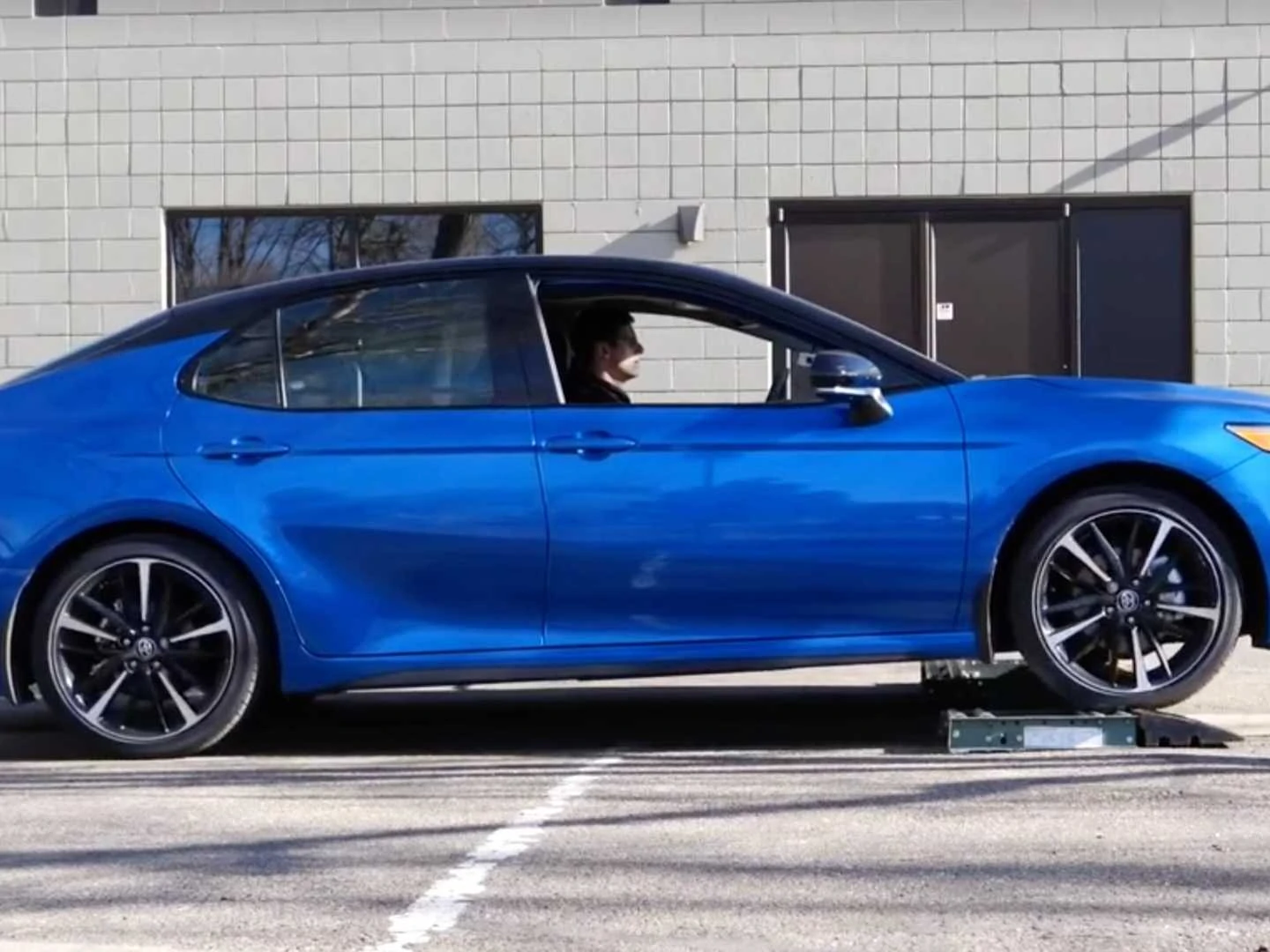This tech is very useful for most people.
The all-wheel-drive Toyota Camry debut in November 2019, but wasn’t available until Spring 2020. This winter is the first time customers can test the tech in slippery conditions. The Fast Lane Car is on hand to demonstrate how the Camry AWD works. This video does not feature snow, however The Fast Lane Car Rollers simulate a slippery road. To force the rear wheels to propel your sedan, place them under the front wheels. Camry’s AWD system is able to redirect the power and push it through the challenge. The next step is to place the rollers on one side of the rear wheel and one on the front wheel. This challenge requires the AWD system to not only split the power from front-to back but also side-toside. The Camry can drive away once again. Finally, the sedan can be driven by a rear wheel and rollers at three corners. However, the results are not conclusive. The system does not pull away easily, but struggles to overcome the challenges. The Camry seems to be sliding on the rollers rather than overcoming them. This happens twice.

These are some impressive results for the all-wheel drive Camry. It is unlikely that an owner will find themselves in a situation where they only have traction from one wheel. Even then, the car may be able to get out of the slippery situation. Camry’s all wheel-drive system can route up 50 percent of engine torque to its rear axle. It also features an electromagnetic coupling, which can disconnect the power from the back wheels, improving fuel consumption. This system makes the sedan weigh more than a front wheel-drive model at 165 pounds (75 kg).

This tech is only available with a 2.5-liter four cylinder. It produces 202 horsepower and 151 kilowatts in Camry LE, SE, and XLE grades. The XSE increases the power output to 205 hp and 153 kW. The 2020 Camry AWD’s starting price is $26,370, for the entry-level LE class. The range-topping XSE starts at $31,405.